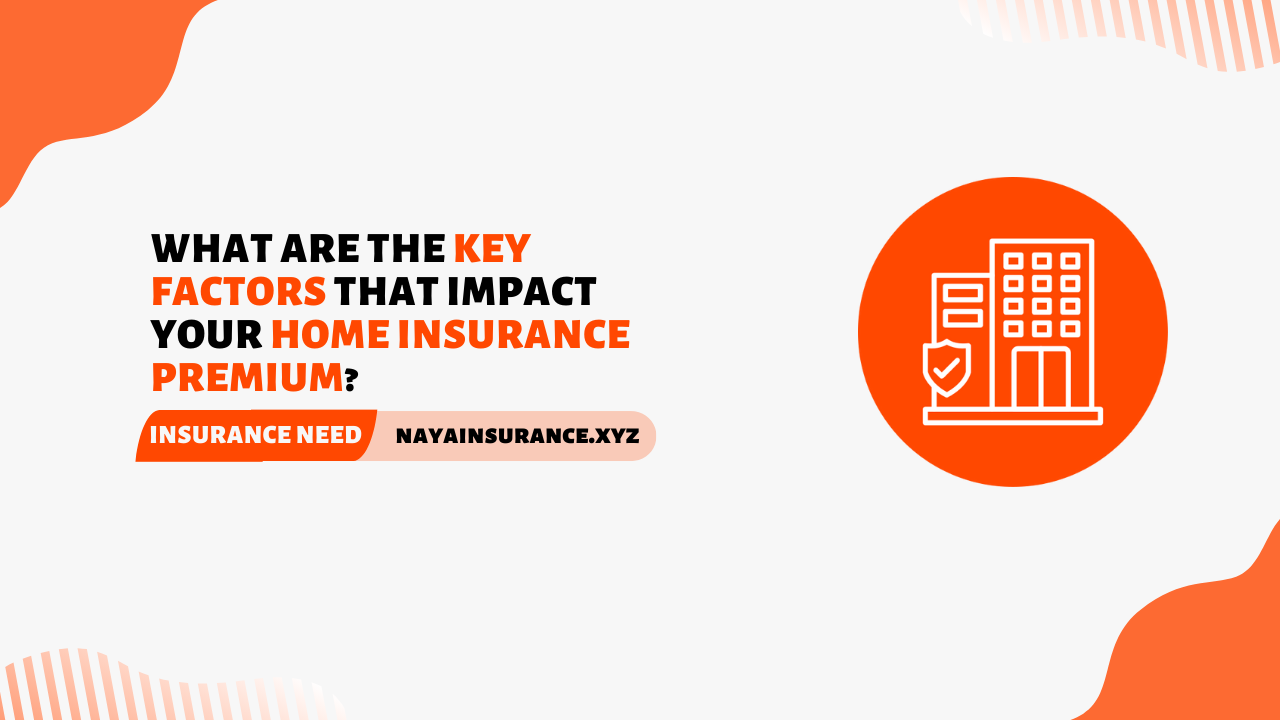Home insurance premiums can feel like a mystery. Why do some people pay more while others pay less for similar homes?
In this article, we’ll break it down and explore what truly impacts your premium, giving you the power to make informed choices.
Understanding Home Insurance Premiums
What is a Home Insurance Premium?
A home insurance premium is the amount you pay to keep your policy active. Think of it as a subscription fee for protecting your home.
Why Do Premiums Vary?
Insurers calculate your premium based on risks associated with your home and lifestyle.
Location Matters
High-Risk Areas
Living in areas prone to natural disasters or high crime can increase premiums.
Proximity to Emergency Services
Homes near fire stations or hydrants might get a discount because they’re easier to protect.
Your Home’s Value and Construction
Replacement Cost vs. Market Value
Insurers consider how much it would cost to rebuild your home rather than its market price.
Materials and Age
Older homes or homes with unique materials may cost more to insure due to higher repair or replacement costs.
Coverage Options You Choose
Types of Coverage
Comprehensive coverage, which includes protection against more risks, costs more than basic plans.
Policy Limits and Deductibles
Higher limits mean higher premiums, but choosing a higher deductible can save money on monthly costs.
Claim History
Your Personal Claims History
A history of frequent claims can raise your premium because it signals higher risk to insurers.
Community Claim Trends
If many people in your area file claims, it could affect your rates even if you haven’t filed any.
Security Features
Impact of Alarms and Monitoring
Installing security systems like alarms and cameras can lower your premium by reducing risks.
Safety Systems Discounts
Features like smoke detectors, fire sprinklers, and burglar bars often earn discounts from insurers.
Home Age and Condition
Maintenance and Repairs
A well-maintained home is less risky to insure. Regular upkeep can prevent costly accidents.
Electrical and Plumbing Systems
Updated systems can reduce the likelihood of fires or water damage, leading to lower premiums.
Natural Disasters and Weather
Areas Prone to Storms, Floods, and Fires
Homes in these zones often require additional coverage, which increases premiums.
Climate Change Effects
Changing weather patterns, such as more frequent storms, can impact insurance costs over time.
Credit Score’s Role
How Insurers Use Credit Scores
A good credit score signals reliability and lower risk, which can result in lower premiums.
Tips to Improve Creditworthiness
Pay bills on time, reduce debt, and monitor your credit report to maintain or improve your score.
Policy Bundling Benefits
Home and Auto Insurance Bundles
Combining policies can save you money and simplify your payments.
Discounts from Multiple Policies
Insurers often reward customers who buy multiple types of insurance from them.
Occupancy and Usage
Vacant or Rental Properties
These are higher risks for insurers due to the potential for vandalism or damage when unoccupied.
Full-Time vs. Part-Time Occupancy
Full-time homes are usually cheaper to insure than vacation homes, which might be vacant often.
Neighborhood Factors
Crime Rates
Living in a high-crime area can raise your premium because of the increased risk of theft or vandalism.
Community Safety Initiatives
Active neighborhood watch programs or other safety initiatives might lower rates.
Additional Features or Add-Ons
Swimming Pools and Trampolines
These features increase liability risk, leading to higher premiums.
Home-Based Businesses
Running a business from home might require additional coverage, which increases costs.
Ways to Lower Your Premium
Installing Safety Measures
Adding features like deadbolts, storm shutters, and advanced security systems can help reduce premiums.
Regular Home Maintenance
Keeping your home in good condition reduces risks and shows insurers you’re proactive about safety.
Conclusion
Understanding the factors that influence your home insurance premium is key to saving money and getting the best coverage. Evaluate your home and lifestyle, make smart changes, and discuss options with your insurer to optimize your policy. By taking these steps, you can ensure peace of mind without breaking the bank.

